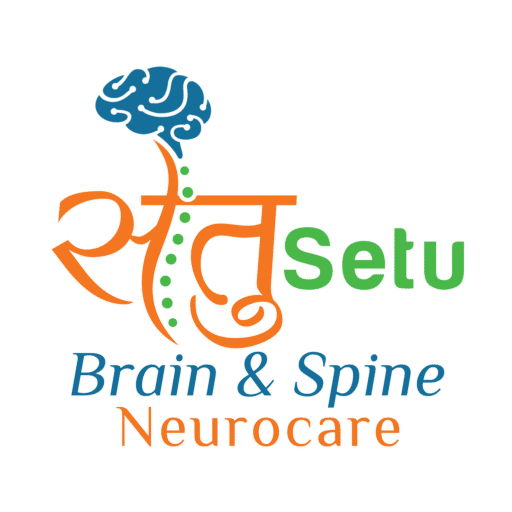


▶ VEP is a procedure where electrical activity of occipital area of brain is recorded by electrode after visual stimuli. It is a simple test taking approx 40 mints. This is a test to determine theintegrity of the nerve transmission from the eye to the brain.
▶ A doctor may recommend that you go for a VEP test when you are experiencing changes in your vision that can be due to problems along the visual pathway. For example:
✓ Loss of vision
✓ Blurred vision
✓ Alterations in colour vision
✓ Weakness of the eyes, arms or legs (suspicion of multiple sclerosis)
▶ Stimuli used is either a checkerboard pattern or a LED goggle. Signals are recorded from posterior aspect of scalp. Abnormality in waveform detects even subtle abnormality in optic pathway.
▶ The VEP measures the time that it takes for a visual stimulus to travel from the eye to the occipital cortex. It can give the doctor an idea of whether the nerve pathways are abnormal in any way. For example, in multiple sclerosis, the insulating layer around nerve cells in the brain and spinal cord (known as the myelin sheath) can be affected. This means that it takes a longer time for electrical signals to be conducted from the eyes, resulting in an abnormal VEP.
▶ You will be given instructions on how to prepare for the test. This will depend on where you are going to get the test done. Some things that you may need to do include:
✓ Washing your hair the night before, but avoiding hair chemicals, oils and lotions.
✓ Making sure you get plenty of sleep the night before.
✓ If you wear glasses, make sure you bring these along with you to the test.
✓ You are usually able to eat a normal meal and take your usual medications prior to the test.
✓ However any medications that may make you drowsy should be avoided.
✓ Arrive on time and try to relax before the test.
✓ On the day of the test, you should also let the technician know if you have any eye conditions such as cataracts or glaucoma as this can affect the test and should be noted in your records by the doctor.
▶ None noted. After the procedure is done, patients normally return home on the same day. You should be able to drive home safely if you are feeling well after the procedure.
The Visual Evoked Potential (VEP) test records the brain’s electrical response to visual stimuli, usually a flashing light or a checkerboard pattern. It helps doctors evaluate how well the optic nerve and visual pathway are working.
A VEP test is used to:
Detect optic nerve damage
Evaluate visual disturbances
Diagnose conditions like Multiple Sclerosis (MS), optic neuritis, or tumors affecting the optic pathway
Monitor visual function in neurological diseases
You will be seated comfortably in front of a screen.
Small electrodes will be placed on your scalp to record brain activity.
You will watch a checkerboard pattern or flashing light on the screen.
The test usually takes about 30–45 minutes.
No. The VEP test is completely safe and painless. It does not involve any injections or radiation.
Discover expert care tailored to you. Schedule your first consultation and begin your journey to better brain and nerve health. We're here to support you—every step of the way.

Personalized care for brain and nervous system health.
WhatsApp us